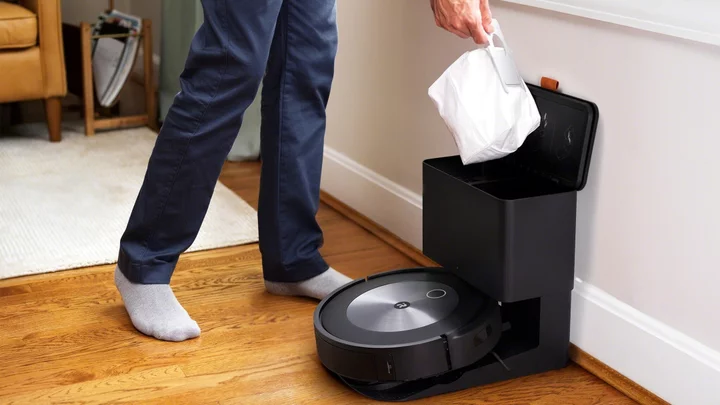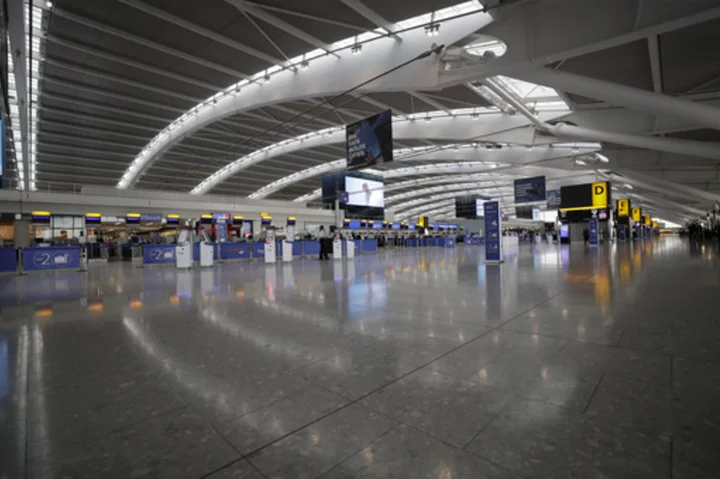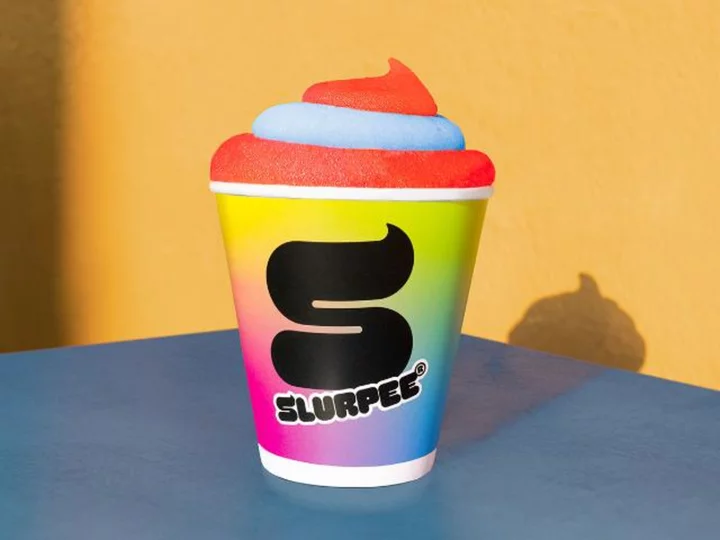The whole point of a robot vacuum is to cut down on your housework, but cleaning the unit itself can become just another chore on your (probably already long) list. If you're tired of emptying your bot's bursting dustbin on the daily, consider investing in a more self-sufficient model with automatic bin-emptying abilities.
I test these products regularly and one of the best innovations in the space in recent years has been the development of robots that can empty their own dustbins. After making the switch, you won't ever want to go back. Beyond offering greater convenience than their traditional counterparts, self-emptying robot vacuums significantly limit your exposure to dust, a big plus if you suffer from allergies.
As you might imagine, these vacuums tend to cost more than manual models. Is the premium worth it for you? Read on for an overview of how they work, what to look for when buying one, and the best self-emptying robot vacuums we've tested.
How Do Self-Emptying Robot Vacuums Work?
Using a standard robot vacuum can sometimes feel like trading one dirty task for another: You no longer have to vacuum your floors, but you have to clean your robot all the time—ideally after every run—to ensure it continues to work properly. When manually emptying a robot vacuum's dustbin, some of what's trapped in there inevitably escapes into the air. If you're allergic to dust like I am, I recommend wearing a mask when doing this chore. I tend to start coughing and sneezing without one.
Roomba s9+ (Credit: iRobot)Most self-emptying robot vacuums eliminate this step. They typically come with a sizable base station that charges the robot and features a canister on top with an allergen-sealed bag that holds at least a month's worth of debris.
When the robot docks in the base after a cleaning run, the auto-empty function initiates automatically. The process produces a lot of noise for about 15 to 30 seconds—about the volume of an old-school standing vacuum—as it sucks the debris from the robot's bin into the dust bag. When the bag is full, you usually get an alert in the robot's companion app. The robot or base also likely has a full-bag indicator light. Needless to say, these models offer a far superior user experience than traditional robot vacuums that require a significant amount of manual labor.
Are Self-Emptying Vacuums Worth It?
Self-emptying robot vacuums have existed for about a decade, but they didn't really take off until iRobot introduced the Roomba i7+ in 2018. With a $949.99 debut price, it was one of the priciest robot vacuums we'd seen up to that point, but it still impressed us in testing.
Since then, iRobot and its competitors have steadily released new self-emptying robot vacuums, and the pricing on these models has been coming down. A couple of years ago, it would have been difficult to find one for less than $1,000, but that's no longer the case. They're still not cheap, but you can now find self-emptying models in the $600 range (or less on sale).
Roborock S7+ (Credit: Roborock)In 2020, iRobot introduced its most affordable model with a self-emptying dustbin, the Roomba i3+, and it's a solid choice for anyone looking to upgrade from a traditional model that requires manual bin emptying.
Most self-emptying robot vacuums bundle everything you need in the box. Others, such as the Ecovacs Deebot Ozmo T8 AIVI, come with a standard docking station but require you to purchase the auto-empty base separately. All-in-one models are generally easier to set up, but buying the components separately gives you the flexibility to use the robot with the auto-empty dock or its standard docking station.
Aside from the hefty price, one of the drawbacks of self-emptying models is the ongoing cost of replacement bags. Self-emptying vacuums typically come with one dust bag preinstalled in the base and one extra in the box. As mentioned, each dust bag holds around a month of debris, but that depends on how often you vacuum and the cleanliness of your floors. The cost of replacement bags varies, but expect to pay around $20 for a pack of three to six.
You can find knockoffs online, but it's worth it to buy the official bags. We tried third-party bags with the Roborock S7 MaxV Ultra, and a poor-fitting cardboard mount prevented the auto-emptying feature from working properly.
If the ongoing cost of dust bags deters you, you might prefer Shark models, which have a unique, bagless auto-empty system. After docking, the vacuum automatically empties its dustbin into a larger, bagless bin in the base that you need to manually empty only about once per month. When its large dustbin is full, you hold it over the trash, press the Empty button on the side, and the bottom opens so the contents fall directly into the trash. It's a relatively clean process, though if you have a severe dust allergy, you might prefer a model that uses bags.
Roomba j7+ (Credit: iRobot)Another thing to keep in mind: Most auto-empty models are an eyesore. Due to the canister on top, self-emptying base stations are typically much larger than traditional robot vacuum docks. If aesthetics are a big concern and you can't hide the robot away in a corner, this could be a drawback.
Fortunately, vendors seem to be placing more of an emphasis on design as of late. The Roomba j7+, iRobot's latest self-emptying robot vacuum, features a classier canister design than previous models, with a matte ribbed texture on the front and a leather pull tab to open the lid.
Finally, whether you decide to go with a self-emptying vacuum or a standard model, be sure to read up on our robot vacuum tips to get the most out of your new cleaning companion. And if you are loyal to iRobot, we have a roundup of the best Roombas.









